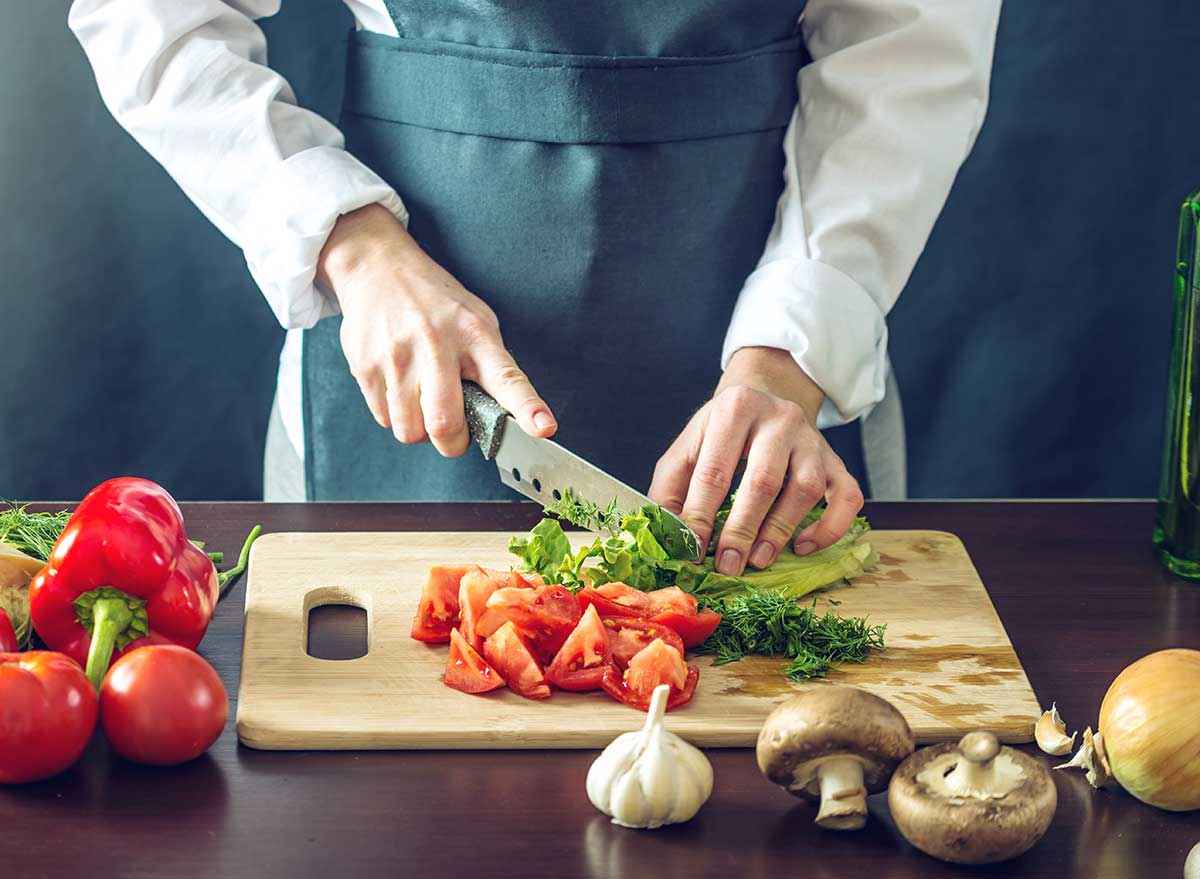What is a Plastic Cutting Board Used For? All You Need to Know
Written By James Morgan
When you think about the essentials for a perfect barbecue, tools like the grill, tongs, and meat thermometers likely come to mind. However, one often-overlooked essential is the humble cutting board. More specifically, let's talk about what is a plastic cutting board used for, a topic that every barbecue enthusiast should be well-versed in.

The Importance of Cutting Boards in Barbecue
If you're serious about barbecuing, you know that preparation is key. From trimming the fat off a brisket to dicing vegetables for a marinade, your cutting board plays a pivotal role. While wooden cutting boards have their own charm, plastic cutting boards offer distinct advantages that are particularly useful in a barbecue setting.
Preparing Meat Safely
Plastic cutting boards excel when it comes to meat preparation. They are non-porous, meaning they don't absorb juices from raw meat. This is crucial for maintaining food safety, as it reduces the risk of cross-contamination.
Versatility in Usage
Another advantage of plastic cutting boards is their versatility. They're perfect for everything from slicing meat to chopping vegetables. Their lightweight design makes them easy to transport, ideal for those backyard barbecue sessions or even when you're grilling on-the-go.
Easy Maintenance and Durability
One of the major perks of using plastic cutting boards is how easy they are to maintain. They're dishwasher safe, making cleanup a breeze. Furthermore, plastic cutting boards are incredibly durable and can withstand the rigors of barbecue preparation.

Plastic vs. Wooden Cutting Boards: A Comparative Analysis
While both materials have their own merits, let's delve into why plastic might just be the better choice for barbecue enthusiasts. Wooden cutting boards require regular oiling and can stain easily. On the other hand, plastic cutting boards are low-maintenance and stain-resistant.
Durability and Lifespan
Plastic cutting boards tend to have a longer lifespan, especially if you're frequently working with meat. Wooden boards can develop grooves and cracks over time, potentially harboring bacteria. Plastic boards, however, maintain their integrity and are less likely to develop such issues.
Health and Safety
Health and safety should never be compromised, especially when dealing with raw meat. According to food safety guidelines, plastic cutting boards are easier to clean and sanitize, significantly reducing the risk of bacterial contamination.

Key Features to Look for in a Plastic Cutting Board
When choosing a plastic cutting board for your barbecue needs, there are several features to consider. Look for boards that are dishwasher safe, have a non-slip surface, and come in various sizes to handle different tasks.
Size and Thickness
Opt for a board that's large enough to handle a variety of foods yet still fits comfortably in your dishwasher. Thickness is also important; a thicker board tends to be more durable.
Non-Slip Surface
A non-slip surface is crucial for safety. It ensures that the board stays in place while you're cutting, reducing the risk of accidents. Many plastic cutting boards come with rubberized edges or feet to help with this.

How to Maintain Your Plastic Cutting Board
Maintaining your plastic cutting board is fairly straightforward. Regular cleaning with hot soapy water or a run through the dishwasher is usually sufficient. However, for deep cleaning, a solution of bleach and water can be used to sanitize the board.
Removing Stains and Odors
Even though plastic cutting boards are more stain-resistant than their wooden counterparts, they can still absorb strong odors or develop stains from foods like beets or turmeric. A paste of baking soda and water can help lift stains and neutralize odors.
Preventing Scratches and Cuts
While plastic cutting boards are durable, it's essential to use sharp knives to prevent deep grooves or cuts from forming on the surface. Rotate between different boards to extend their lifespan.
Frequently Asked Questions (FAQ)
Why choose a plastic cutting board over a wooden one?
Plastic cutting boards are easier to clean and sanitize. They are also more durable and less likely to harbor bacteria compared to wooden boards.
Can I use plastic cutting boards for all types of food?
Yes, plastic cutting boards are versatile and can be used for meats, vegetables, fruits, and even breads. Just ensure you clean the board thoroughly between uses.
How can I prevent my plastic cutting board from slipping?
Look for boards with non-slip surfaces or rubberized edges. Alternatively, placing a damp towel underneath the board can help keep it in place.
As an Amazon Associate, I earn from qualifying purchases.



